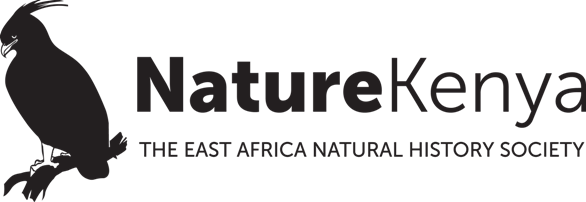TO ALL OUR MEMBERS
Nature Kenya – the East Africa Natural History Society – management, staff and Executive Committee hope you all remain safe at this time of coronavirus danger.
In light of the Government of Kenya directives, following the confirmation of Covid-19 infections in the country, we regret to announce the following:
- The Membership office and shop is closed until Monday 4th May 2020 or further notice. Membership recruitment and renewal however continues. Those registering or renewing are encouraged to visit http://naturekenya.org/support/membership/ and use cashless payment options such as M-Pesa or credit/debit cards. Your membership cards will be processed and availed to you.
- The 110th Annual General Meeting initially scheduled for Wednesday, May 6th, 2020 has been postponed until further notice.
- The ‘Lungs for Kenya’ Charity Golf Tournament 2020 that was scheduled for Friday, March 27th at the Karen Country Club has been re-scheduled for Friday, October 2nd, 2020.
- Members will receive an electronic version of the Nature Net until further notice.
- All museum galleries remain closed until further notice.
- The EANHS library remains closed until further notice.
- The Wednesday Morning Birdwalks, other field trips and monthly talks have been suspended until further notice. You will be informed as soon as they resume.
Nature Kenya – the East Africa Natural History Society – will continue to update you on any further developments. For any clarification kindly contact us through telephone:
020 3537568, 0780 149200, 0751 624312, 0771 343138
or email: office@naturekenya.org
Threats remain to species and habitats, and conservation work must go on. Please continue to support Nature Kenya, and to observe and enjoy nature from wherever you are.
Dr. Paul Matiku,
Executive Director, Nature Kenya – the East Africa Natural History Society
